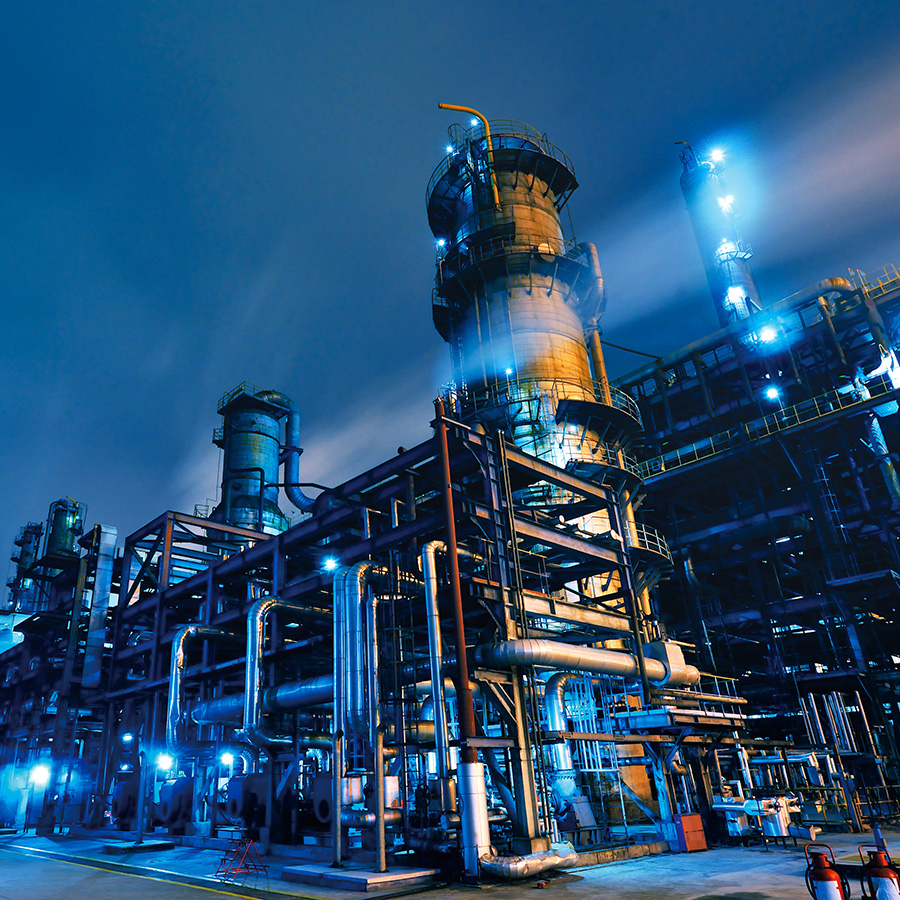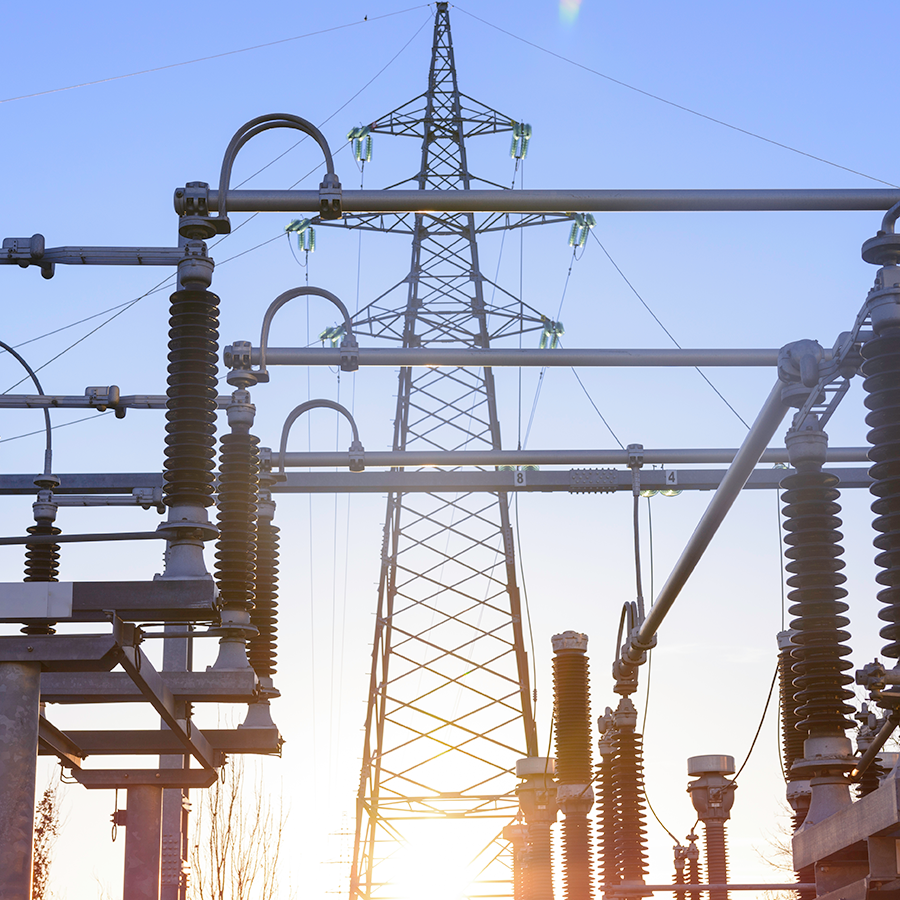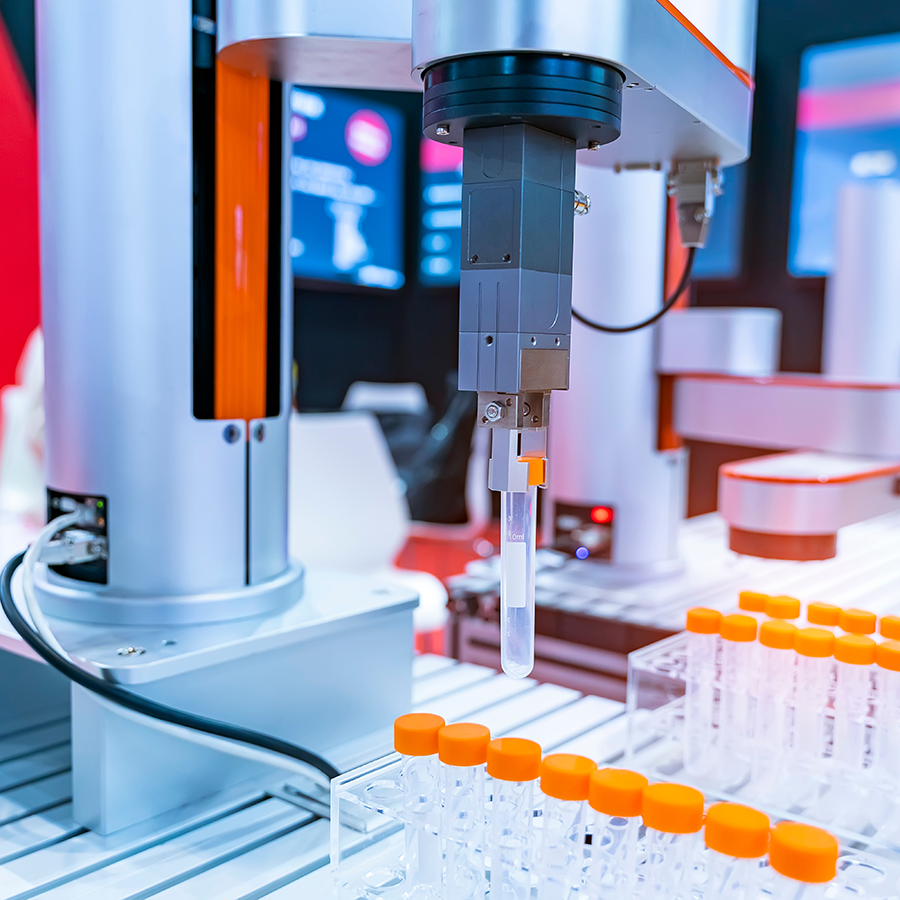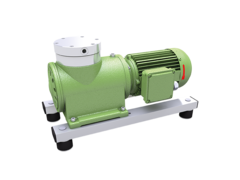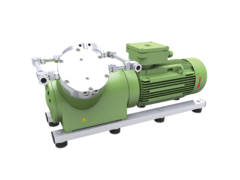KNF diaphragm gas pumps transfer or compress gases and vapors and generate vacuum without contaminating t...
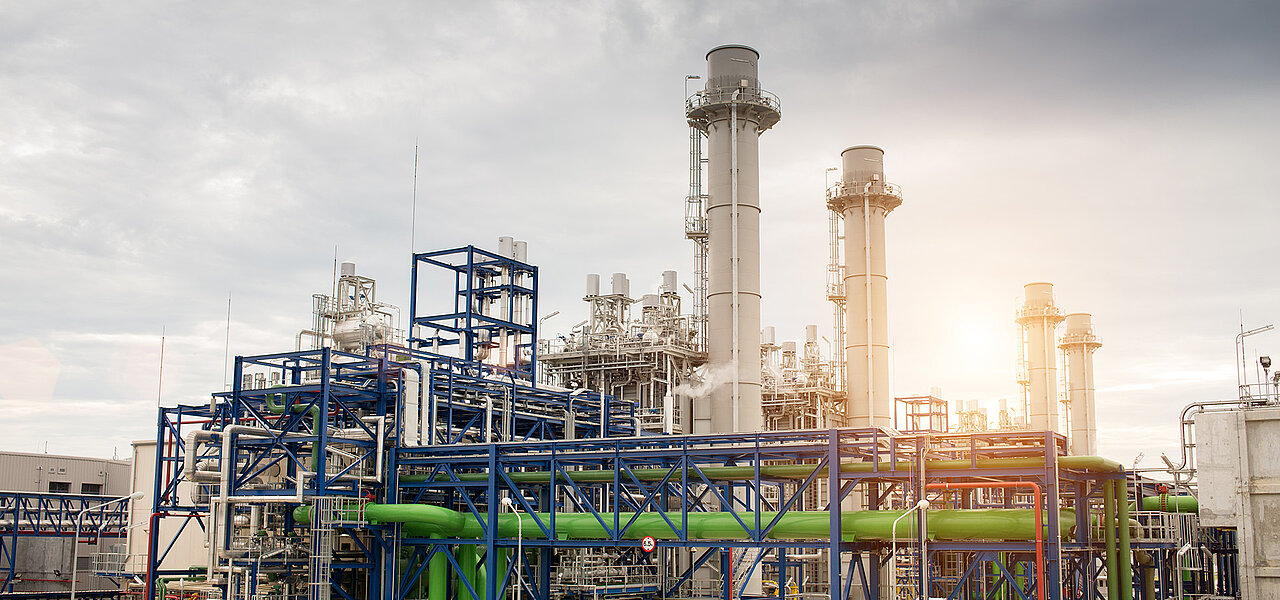
How Diaphragm Pumps Play Vital Roles in Sustainable Energy, CO2 Reduction
Reducing CO2 emissions has become a top issue for many industries. In addition to being critical for environmental protection, CO2 emission reduction can also make industrial processes more efficient. In some cases, the byproduct of recovered gases can be repurposed into useful resources, further driving energy efficiency. KNF pumps can help facilitate these processes, allowing for greater environmental sustainability and process efficiency.
CO2 Emissions Present an Ongoing Challenge
An increase in environmental consciousness, coupled with new regulations and emerging technology, have caused those in the process industries to create new ways to reduce CO2 emissions. Some are even taking things a step further, trying to recapture and repurpose these emissions. This allows for increased efficiency while also working towards a more environmentally friendly process. CO2 emissions are an issue in many industries, but they are of particular concern in processing, energy, oil and gas, as well as cement applications. These applications generate high amounts of CO2 and must contend with regulations related to emissions.
To control CO2 levels, proper carbon capture and storage technology are a necessity. The gas needs to be effectively captured or recaptured and transported to the appropriate chamber or storage vessel. From there, it can be used directly in applications where CO2 is necessary.
However, sometimes further steps need to be taken. Captured carbon can be recycled to create various chemical compounds, like polycarbonate and urethane. Other applications aim to create biofuels, from microalgae fuels to methane gasses to pellet fuels. Regardless of application, having a capable gas pump is critical for the capture and transportation of media.
KNF Diaphragm Gas Pumps a Strong Choice For CO2 Emissions Reduction
Carbon reduction applications are extremely complex and require a variety of steps and stages. The right pump is essential for starting the reclamation process and transporting media between various phases. The N 630 for example is a strong choice for these kinds of applications. It offers a maximum flow rate of 35 l/min with a maximum pressure of 12 bar (rel.) and a maximum vacuum of 70 mbar (abs.).
The N630 has excellent reliability and offers oil-free operation. It offers a wide range of customization options, with a variety of pump head configurations and voltage options available. It is appropriate for use in environments where explosion proof capabilities are required, which are often critical for CO2 applications.
More Options Where High Flow is Required
Some CO2 capture and recovery options require moving large volumes of media at a high flow. The N 680 is a strong choice for these applications. It offers oil-free operation and good leak tightness, making it appropriate for use with a variety of gases, including CO2. It has a maximum flow rate of 130 l/min and maximum pressure of 12 bar (rel.). The N 2400 can provide maximum vacuum down to 100 mbar (abs.) and is available in an explosion-proof version.
Commitment to Sustainability Leading to New CO2 Reduction Initiatives
CO2 reduction, recapture and repurposing initiatives are quickly becoming essential as sustainability becomes more and more critical. Industry leaders continue to think of new and creative ways to make their processes both more effective and efficient. Regardless of exact specifications, all these applications are going to require the movement of substantial volumes of media. Properly transporting this media is essential as CO2 emission reduction initiatives continue to grow.
Contact KNF Today
75 Years: KNF Celebrates Company Anniversary
A treasure chest filled with memories, facts and stories. Learn more about KNF’s company history.


